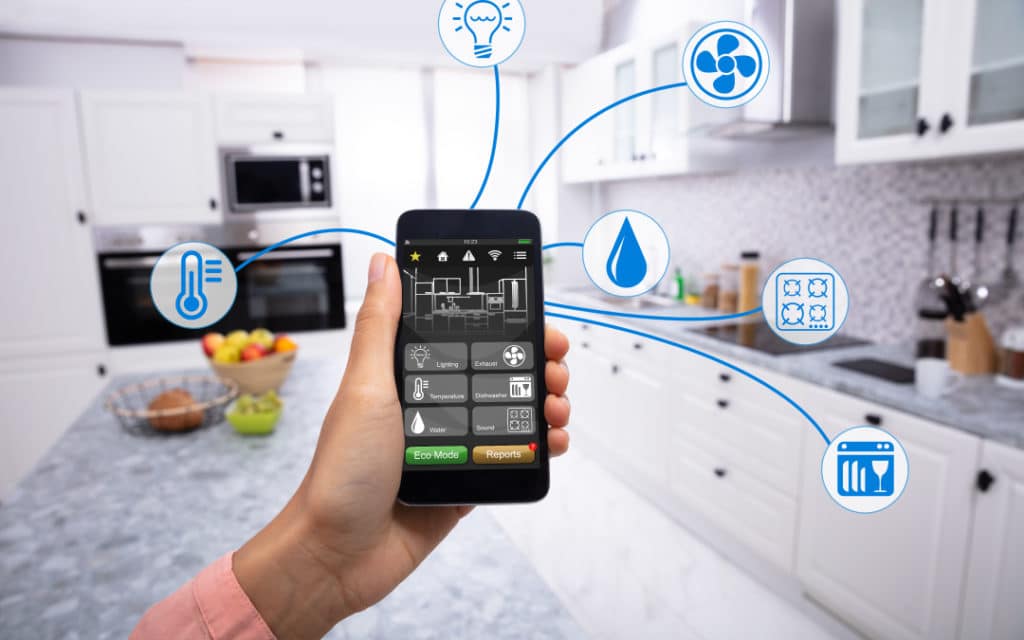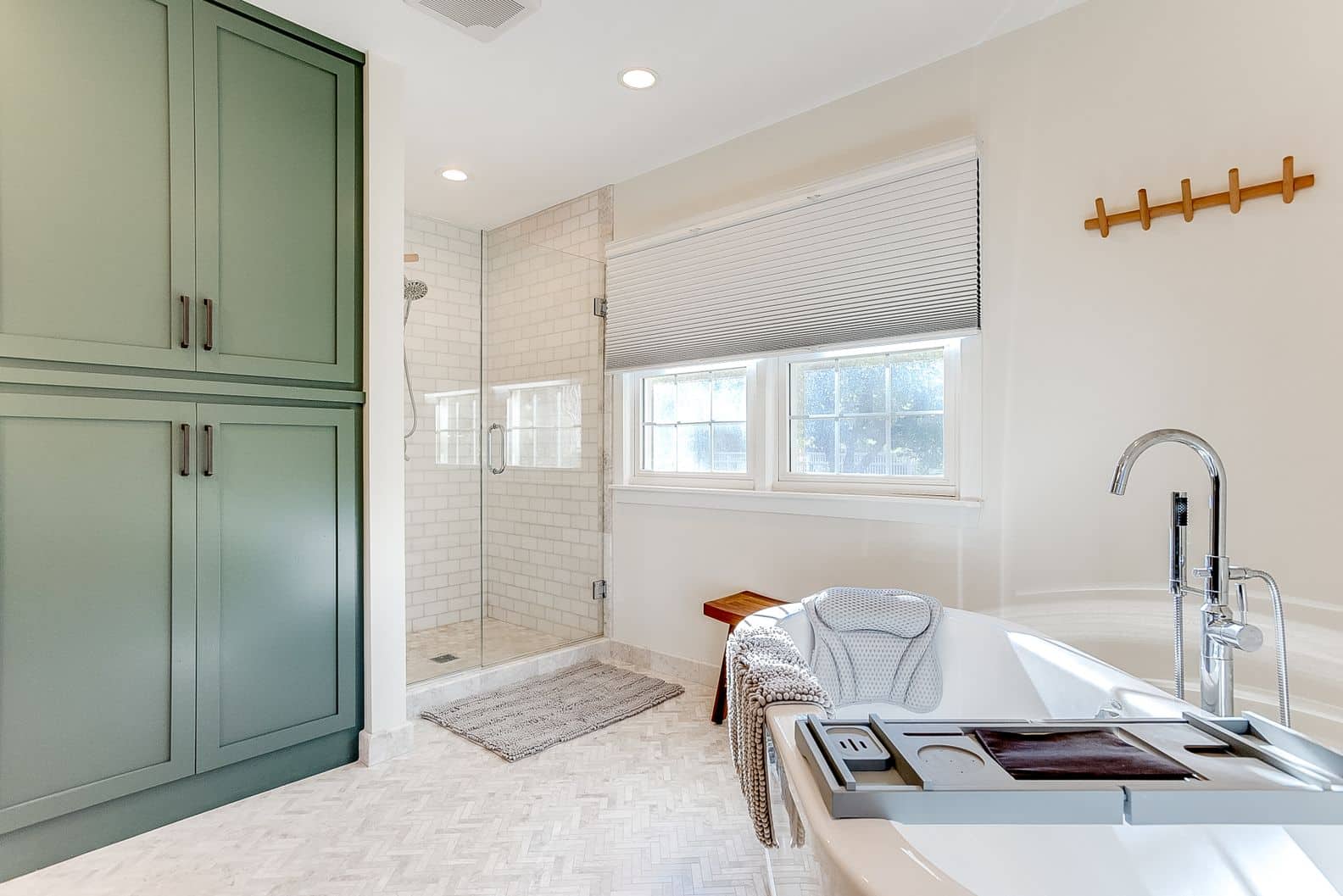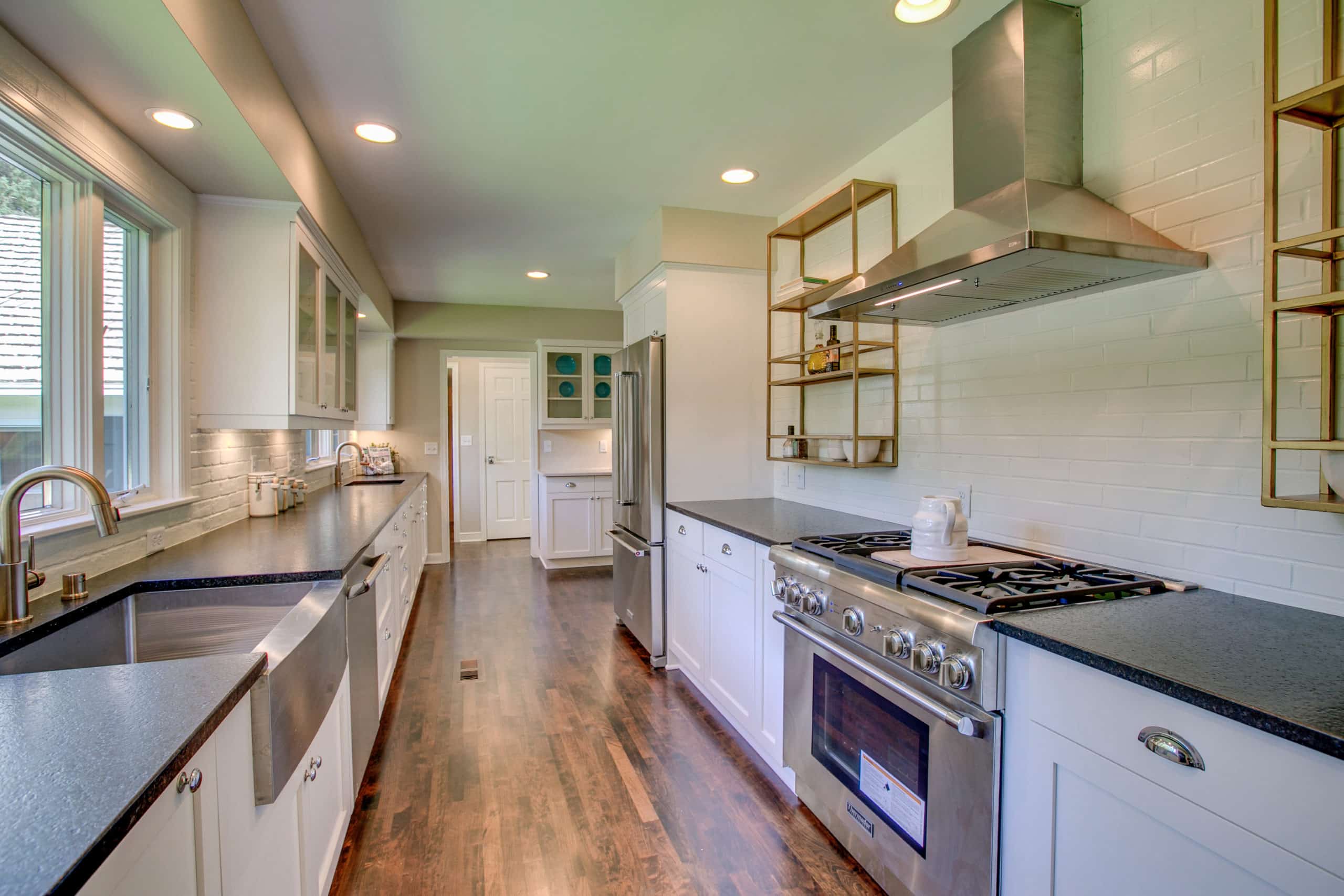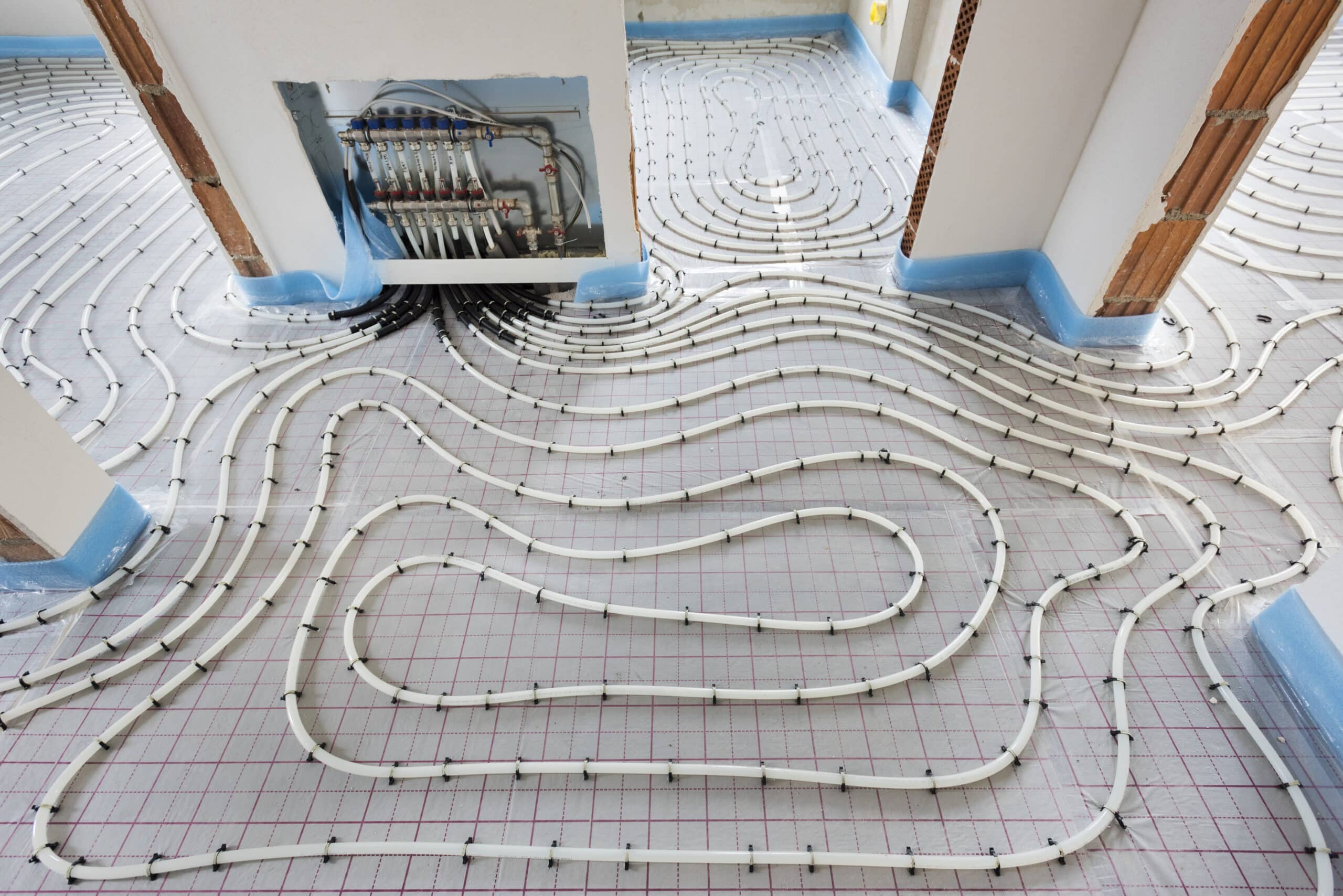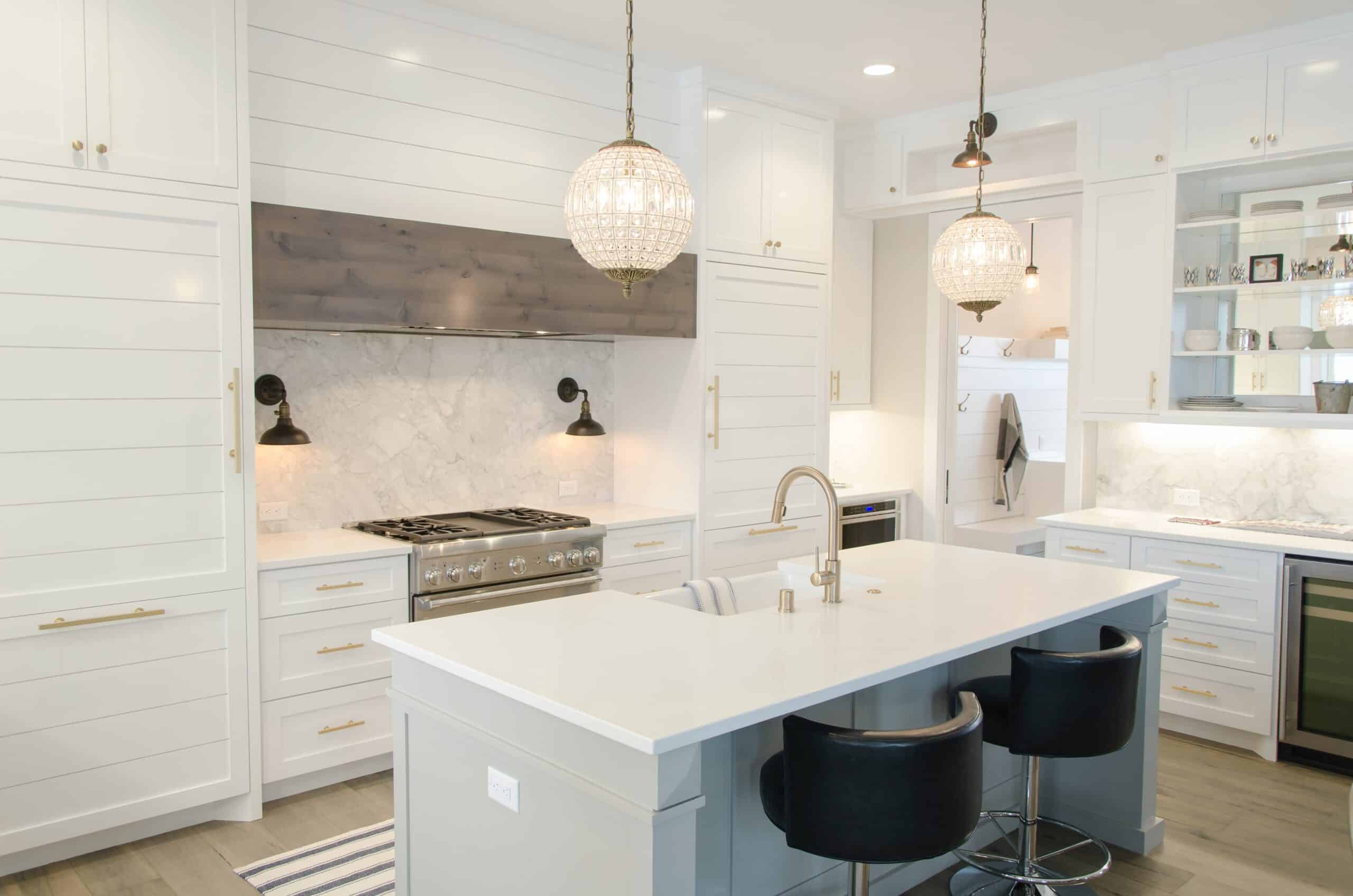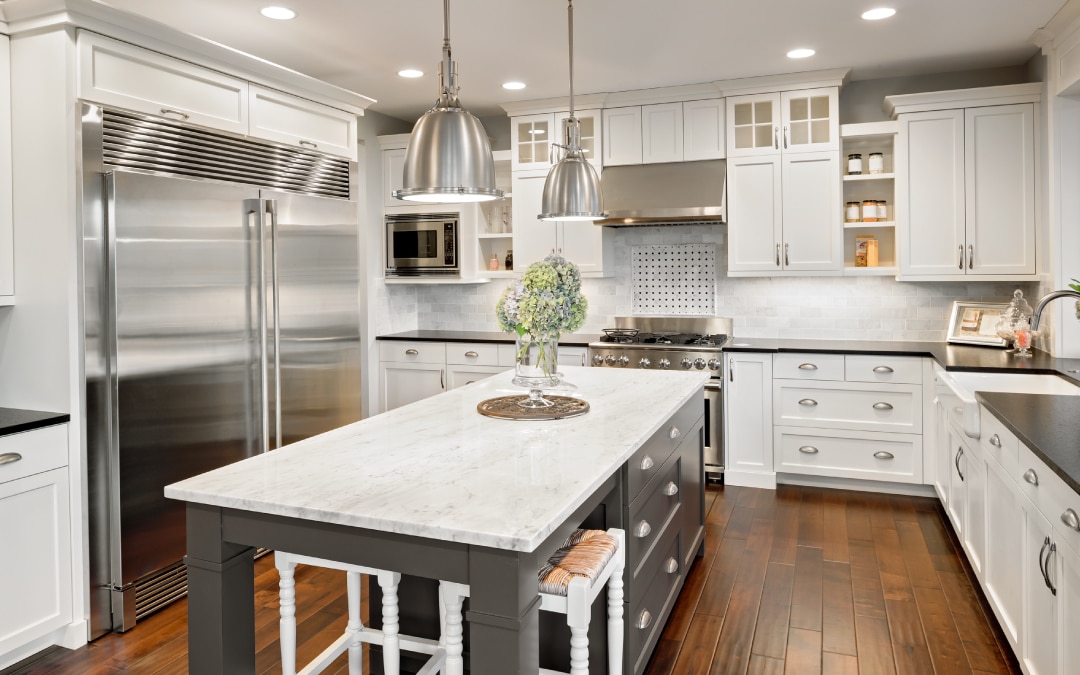You’ve made the leap in to invest in a luxury home that has everything you dreamed of. Saving up, hiring the right remodeling companies, and making decisions regarding what you want in a home takes a lot of time and work. We invest so much time on getting the home of our dreams, but so little ends up being spent on protecting it. Most security systems in modern day homes are getting archaic, and the truth is, a lot of us don’t even set our security systems before leaving our homes. So why is that and how can it be avoided?
Smart Home Security Systems: Tips for Installing
What good is a security system if you don’t set it before you leave? There’s a variety of reasons why homeowners don’t set their security systems, but a primary reason is that home security has remained largely distant from the migration to an Internet Of Things (IOT) world. While everything from cars to laptops, crockpots, TVs, speakers, and remotes have all integrated IOT systems that allow you to control them from a phone, many luxury homeowners continue to keep (and neglect) their old security systems.
That’s where smart home security systems step in. These systems allow homeowners to lock, unlock, view security cameras, and control just about every imaginable security feature from their phone. It makes it easy and convenient for properly managing and protecting your home. Here are a few tips on what to look for, how to install one, and how to manage it:
Choose What You Need Covered
As you can imagine with anything else, there’s definitely a “good, better, best” scenario when it comes to selecting a home security system. Some home security systems integrate video features, so you’ll need to decide whether or not that’s important. You’ll also need to consider where you need video surveillance. Some companies will use doorbell video services, while others may have robust video surveillance systems that allow you to choose between live feed or conditional recording (if alarms are tripped).
How many vulnerable points of entry your home has will determine the extent to which you need coverage. Where video cameras should be placed, how many door censors are needed, and how many window sensors are necessary.
Video Surveillance Capabilities
As stated before, each smart home security system will have a different degree of video surveillance. Some smart home security system companies will keep a camera’s live feed saved to servers, allowing users to recall recordings from any point in a given time period. Others allow live viewing but don’t record the footage, and yet other systems will not allow live viewing – recording only when the alarm system is tripped.
You also will want to take into consideration the power configuration of the devices. Those that depend solely on power from an outlet are vulnerable in the case of power outages or a breaker being tripped. Those that are solely dependent on battery – while recording only when an alarm is triggered – are susceptible to running out of battery.
Installation: DIY vs. Professional Installation
The nice thing about the digital age is that more and more services are self-performable, and that includes smart home security systems. There are obvious benefits and drawbacks to installing security systems yourself. If you find a self-explanatory system, you should be able to configure the devices and connect them to your network and smartphone with little trouble. However, you’ll want to ensure that the devices are out of plain site from doors and windows in the off-chance you do encounter a break-in.
Many of the older security companies have developed smart home security systems, but they all require professional installation. This pretty much guarantees that the systems will be installed correctly and work as expected, however, it will all come at a much higher price tag, so you’ll have to weigh out what matters most for you.
Conclusion
It’s important to know what you’re looking for when purchasing a smart home security system. Having localized control over your security system via your smart phone is incredibly helpful. Before purchasing a system, know exactly what you’re looking for. Do you need surveillance cameras? Where do you need them, and do they always need to be recording? Recognize what all needs to be covered – rarely are security systems put on every glass window and door in a house, but, depending on your location and budget for a smart home security system, it may be worth it to cover everything! Finally, there are a ton of DIY security systems that allow you to configure the system entirely on your own. If the extra cost savings and convenience of those works well for you, that just may be the right pick for you!
